Some of their stories and ideas follow:
Louis Marks (my great great grandfather), was the first - he invented some carburetion techniques, and a pre-light bulb illumination machine called the "Eureka Gas Machine". All of these inventions received patents before 1875. One invention should be recognizable by many and that is his "Improved Door Securer". Its picture is below:
Isidor Heyman, my great grandfather, invented several items, only one patented. He was not a great negotiator, so was unable to capitalize on them. The first was a set of stairs that would hinge out to let passengers step up and down on and off a train. Family stories indicate that he presented the invention to Southern Pacific and they built them for their trains and left him with no compensation.
A subsequent invention that was patented was a valise hinge for a doctor's bag or "Boston Bag". Here is the picture:
My cousin, Clyde Pound has told me that when he was a young boy, living with his grandfather, that Isidor went to his room for three days, and emerged with a clip on tie type device, where there was an interchangeable tie knot in different colors.
Arthur Heyman, my great uncle, and Isidor's son, was a seamster, and invented the "Trik Skirt", which was a pleated, foldable skirt. He patented the skirt, yet like the others was unable to capitalize on his invention. This was unfortunate, since Koret of California, who bought the patent, ended up selling a million dollars worth of the skirt in the late 1940s and early 1950s. Contrary to Koret's claim that Stephanie Koret designed the skirt, she did not. In fact, the 1941 patent was assigned by Arthur Heyman to Joe Koret in 1943. This was accomplished by Arthur's wife Bess (nicknamed Babe), who needed the money during World War II, since Arthur was off to war. This was of course enviable on Arthur's part, except that Arthur had also served in World War I, and Babe thought that serving in one war was enough.
Mervyn Harvey Marks, who was an excellent golfer in his time (and who will tell you that he probably played more golf than he should have), invented the doohickey that attaches to the post on a walking golf cart that enabled the golfer to place a few tees, a scorecard and a pencil on it. Like his grandfather Isidor, who had shown his invention to Southern Pacific, Merv showed his invention to Bag Boy and they promptly stole the idea.
The most successful inventor was my father, Robert Joseph Marks, whose realm of patents (about a dozen) were all eyeglass or spectacle cases. In another blog post I will discuss how Isidor Heyman started the Bay City Bag Company, and his son in law started California Optical Leather Company, making key cases prior to WW II, and eyeglass cases during and after the war. His sons Mervyn H and Robert J took over the company in 1948 - Merv Jr. ran the factory, and Robert designed and sold.
Some pictures of the case designs from the patent applications are below - the oldest being the "777" with a clip, and the "Hideaway", both patented in the early 1950s.
The Hideaway was innovative because it was collapsable for "hiding" in a pocket when it did not have eyeglasses in it.
Robert also had several other patented eyeglass cases in the 1970s and 1980s.

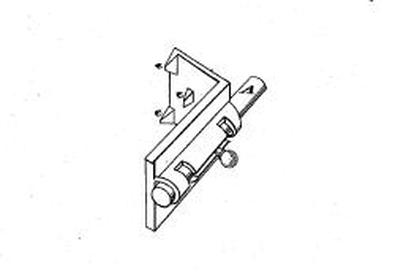
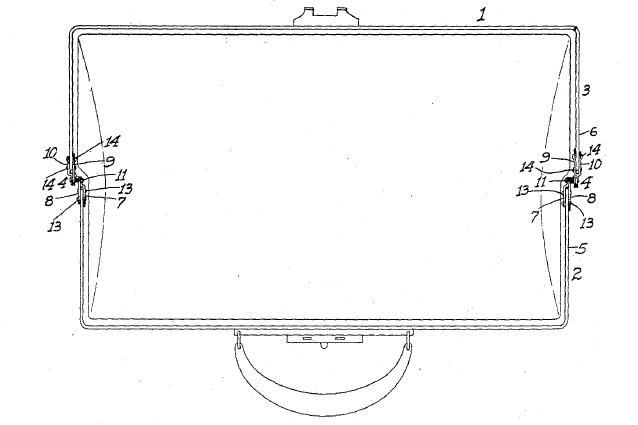
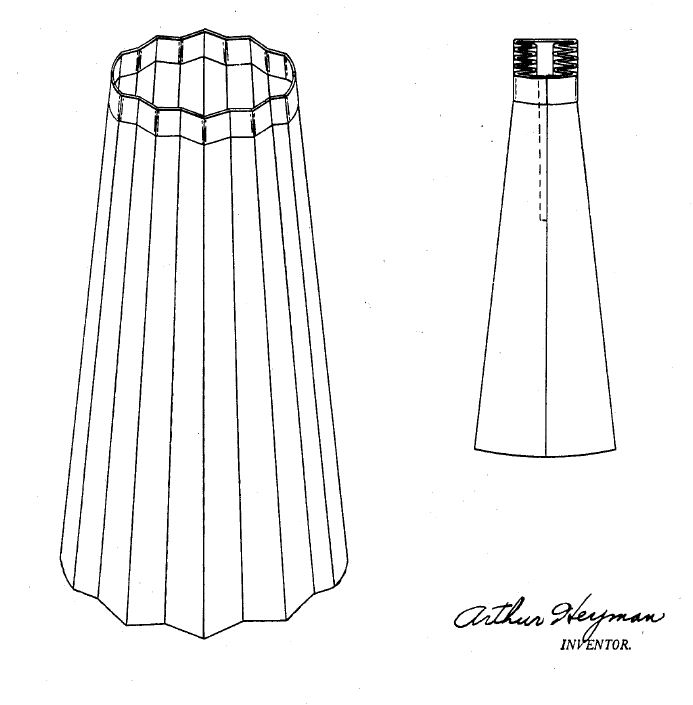
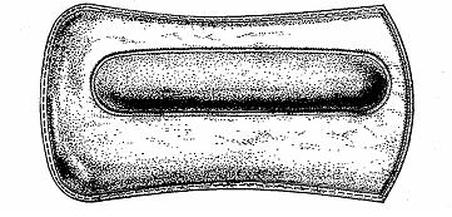
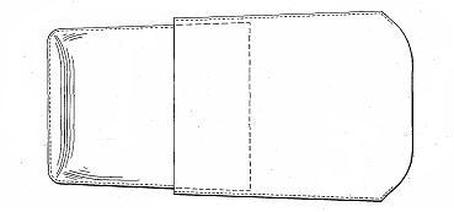
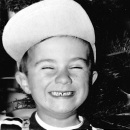
 RSS Feed
RSS Feed

